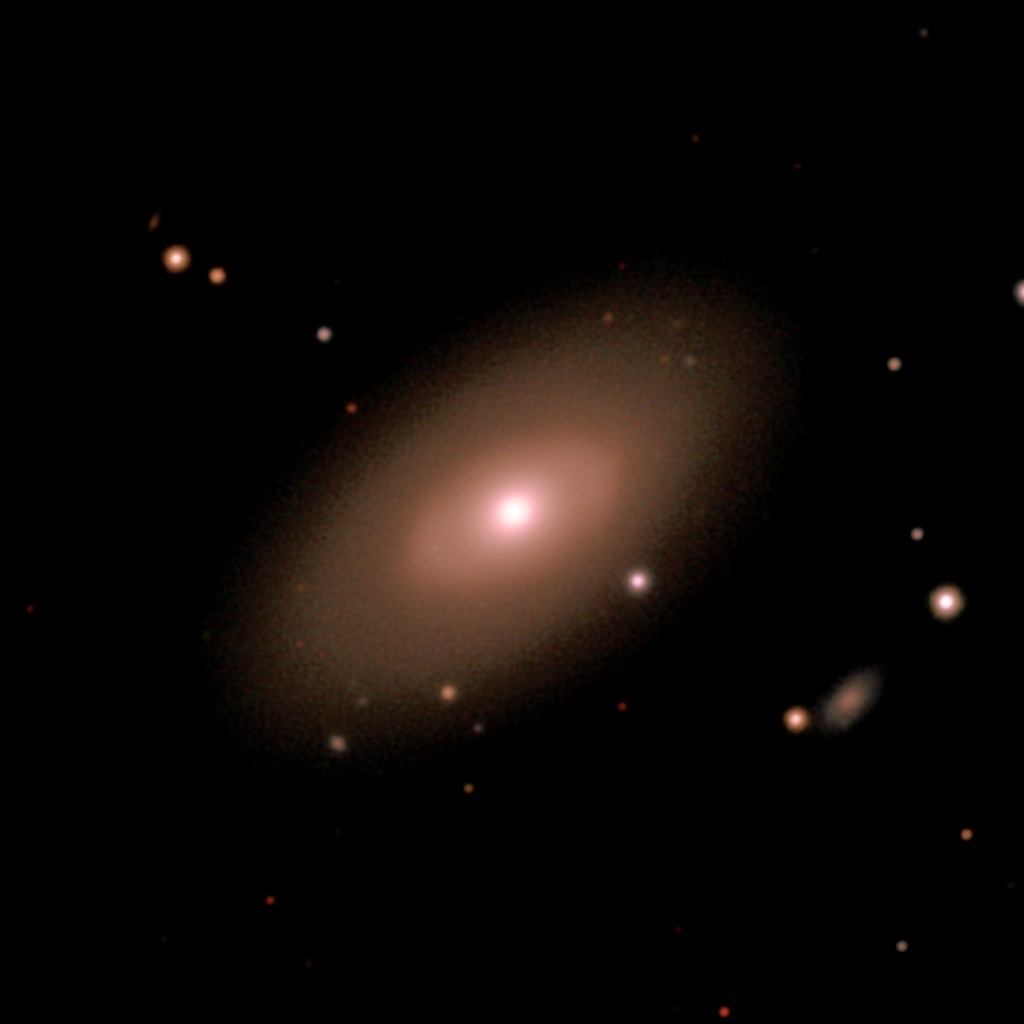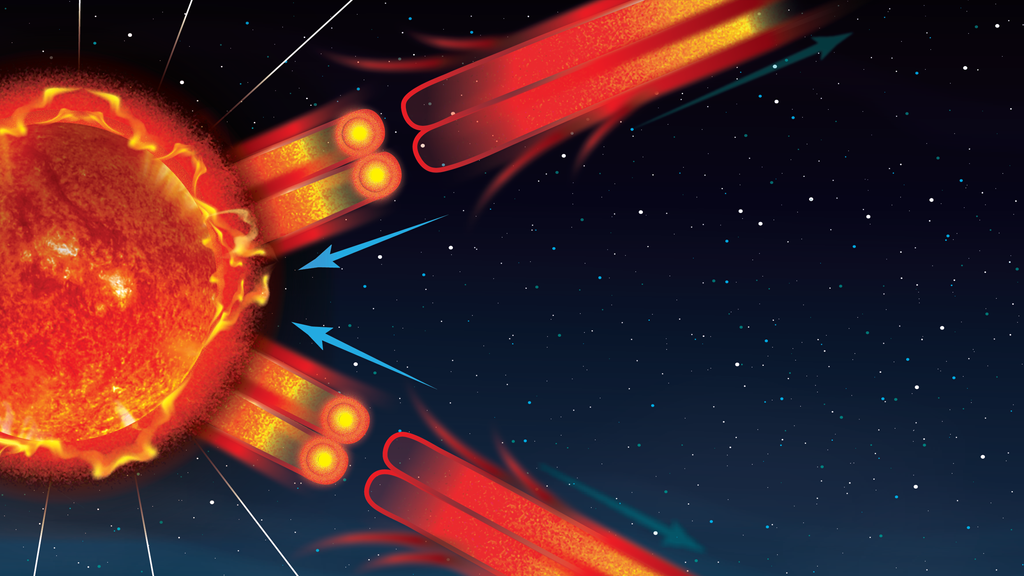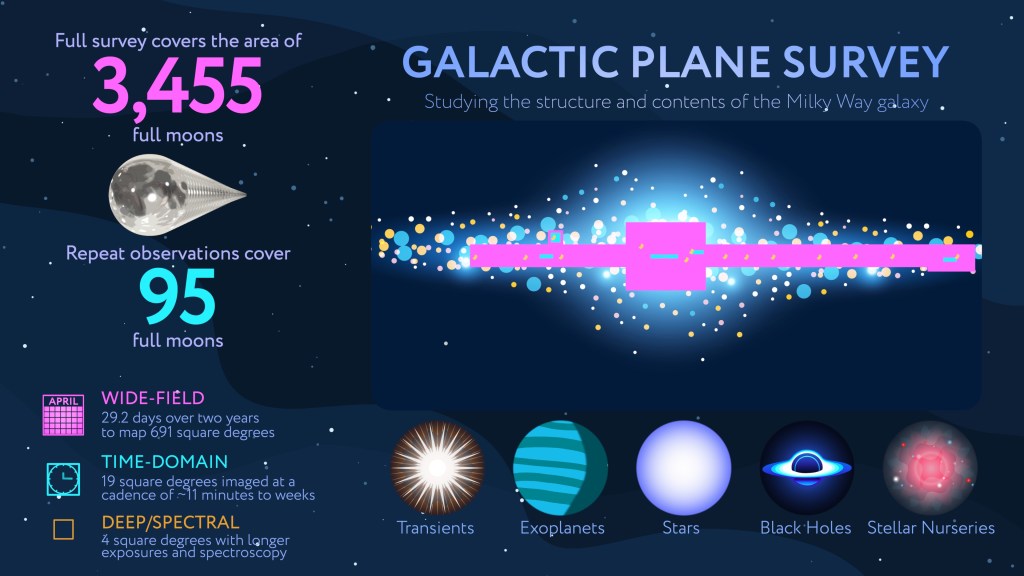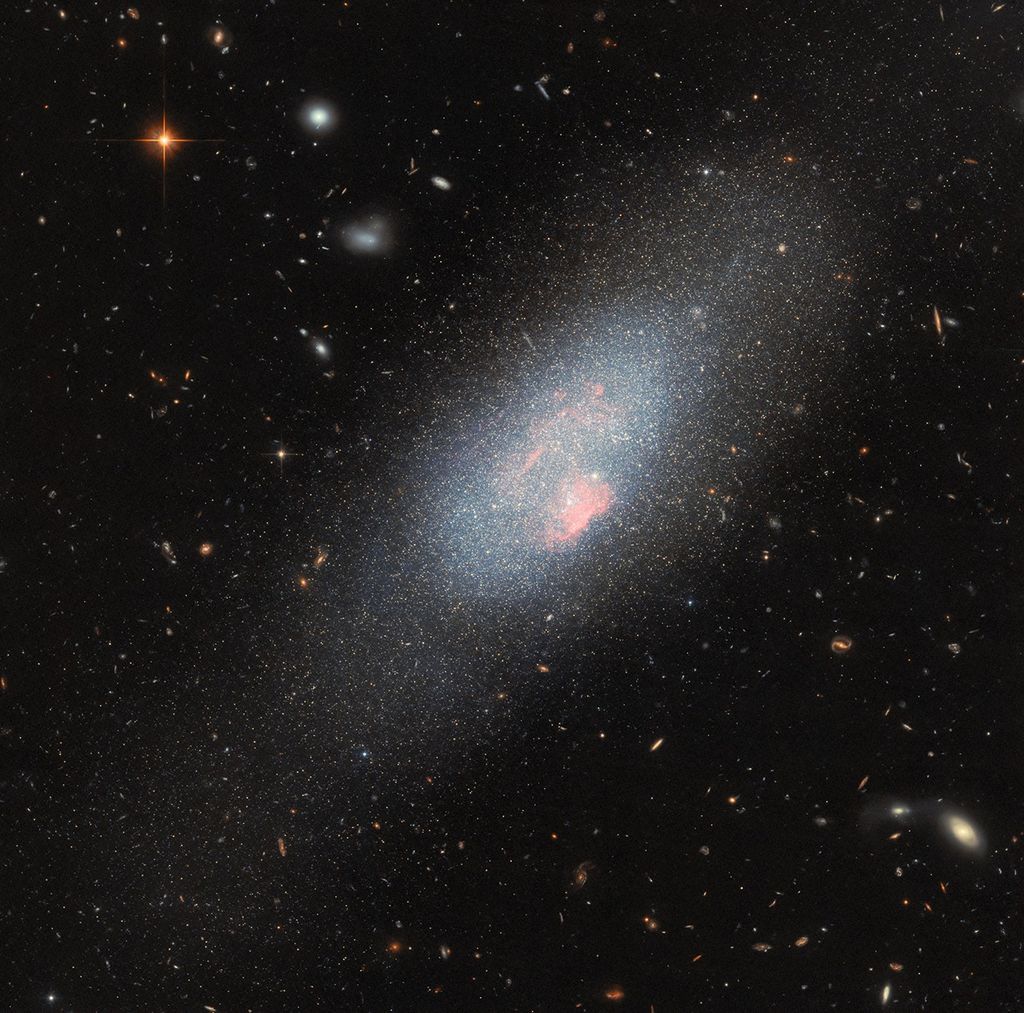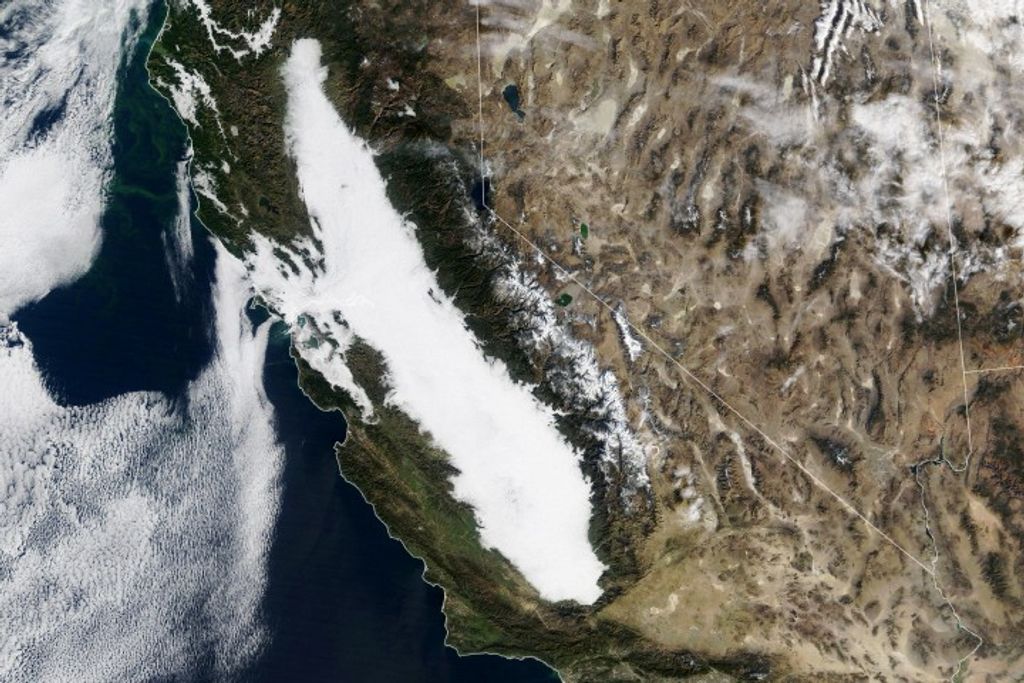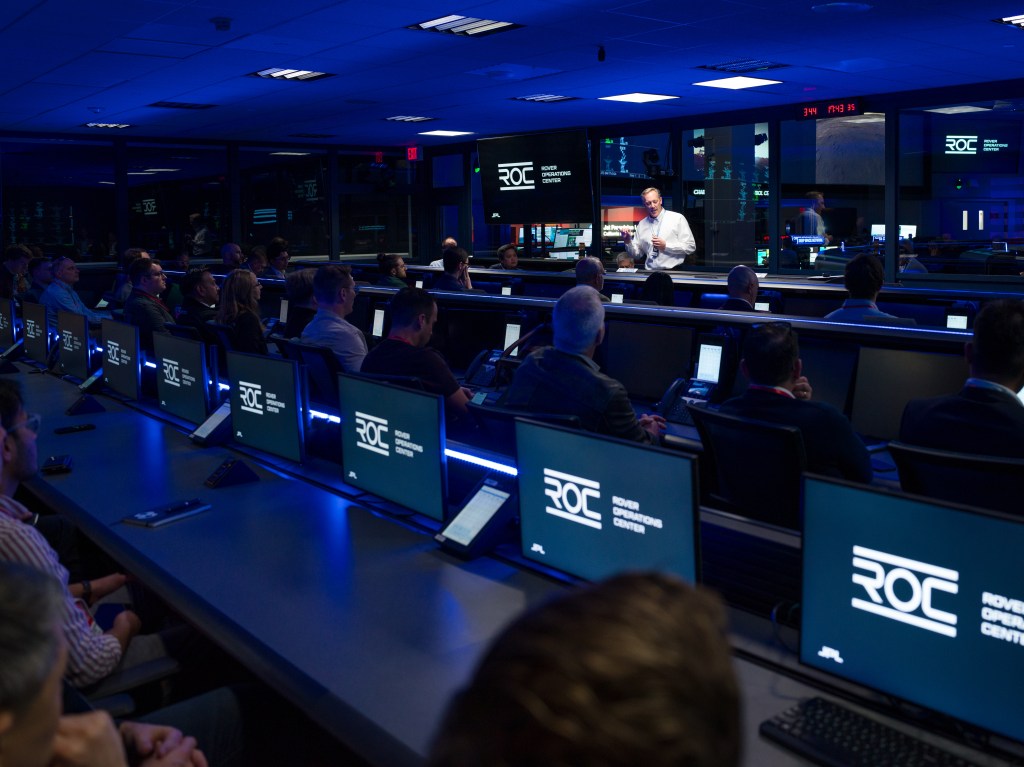1 min read
The Stellar Death Process: Planetary Nebula NGC 7027

This NASA Hubble Space Telescope image of planetary nebula NGC 7027 shows remarkable new details of the process by which a star like the Sun dies.
New features include: faint, blue, concentric shells surrounding the nebula; an extensive network of red dust clouds throughout the bright inner region; and the hot central white dwarf, visible as a white dot at the center.
The nebula is a record of the star's final death throes. Initially the ejection of the star's outer layers, when it was at its red giant stage of evolution, occurred at a low rate and was spherical. The Hubble photo reveals that the initial ejections occurred episodically to produce the concentric shells. This culminated in a vigorous ejection of all of the remaining outer layers, which produced the bright inner regions. At this later stage the ejection was non-spherical, and dense clouds of dust condensed from the ejected material.
The results are being presented by astronomers Howard Bond, Karen Schaefer, and Laura Fullton of the Space Telescope Science Institute, and Robin Ciardullo of Pennsylvania State University, at the 187th meeting of the American Astronomical Society in San Antonio, Texas. "When we saw the Hubble photograph of the nebula NGC 7027, we were astounded by the exquisite wealth of detail that nobody had ever seen before," said Bond.
The photograph was taken as part of a survey of planetary nebulae, which are clouds of gas and dust ejected from a star with a mass similar to that of the Sun as it reaches the end of its life. NGC 7027 is located about 3,000 light-years from Earth in the direction of the summer constellation Cygnus.
When a star like the Sun nears the end of its life, it expands to more than 50 times its original diameter, becoming a red giant star. Then its outer layers are ejected into space, exposing the small, extremely hot core of the star, which cools off to become a white dwarf. Although stars like the Sun can live for up to 10 billion years before becoming a red giant and ejecting a nebula, the actual ejection process takes only a few thousand years.
The NGC 7027 photograph is a composite of two Hubble images, taken in visible and infrared light, and is shown in "pseudo-color."
About the Object
- R.A. PositionR.A. PositionRight ascension – analogous to longitude – is one component of an object's position.21h 7m 1.58s
- Dec. PositionDec. PositionDeclination – analogous to latitude – is one component of an object's position.42° 14' 10.2"
- Object NameObject NameA name or catalog number that astronomers use to identify an astronomical object.NGC 7027
- Release DateJanuary 16, 1996
- Science ReleaseHubble Telescope Photo Reveals Stellar Death Process
- Credit
Share
Details
Claire Andreoli
NASA’s Goddard Space Flight Center
Greenbelt, Maryland
claire.andreoli@nasa.gov


